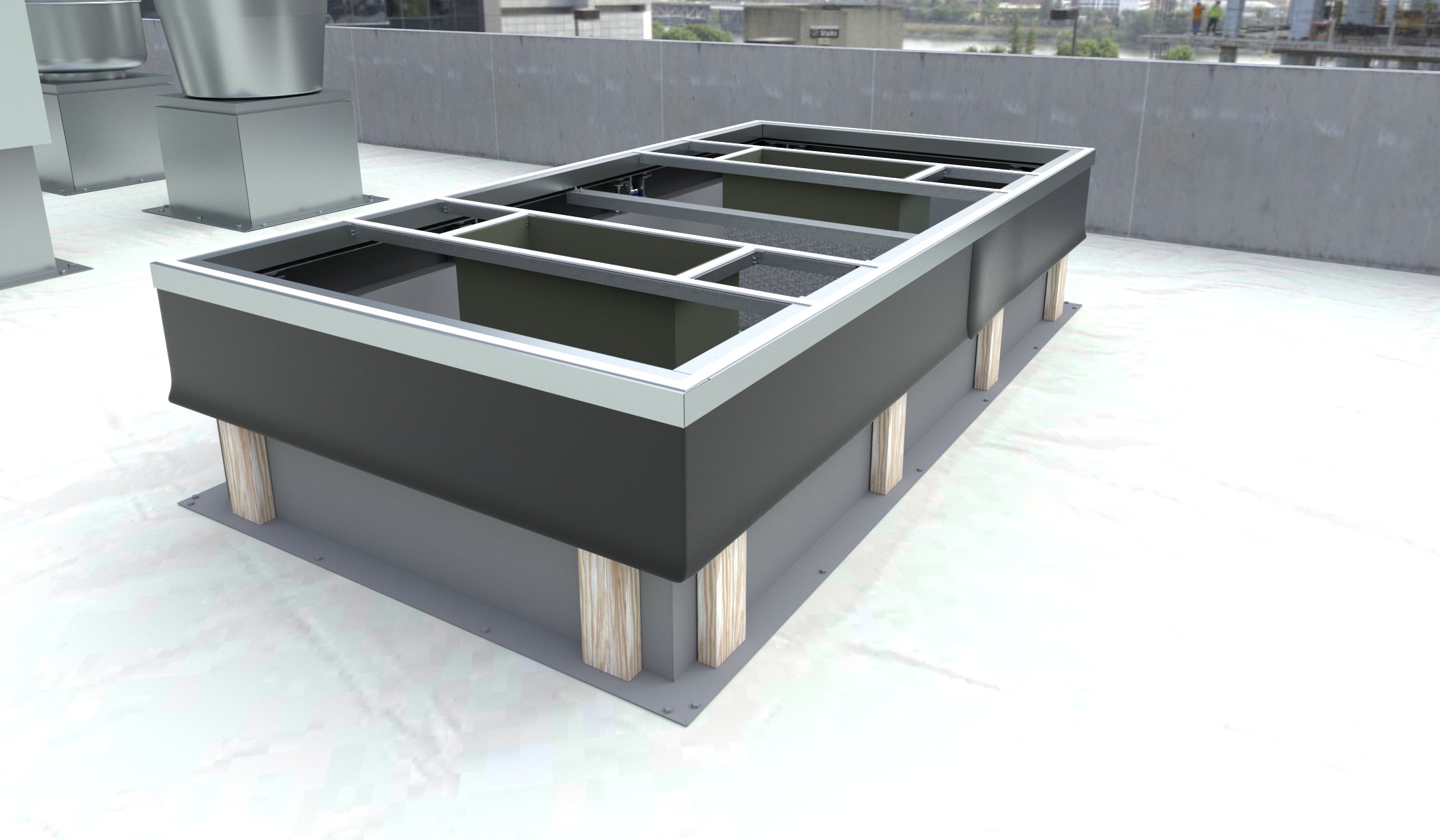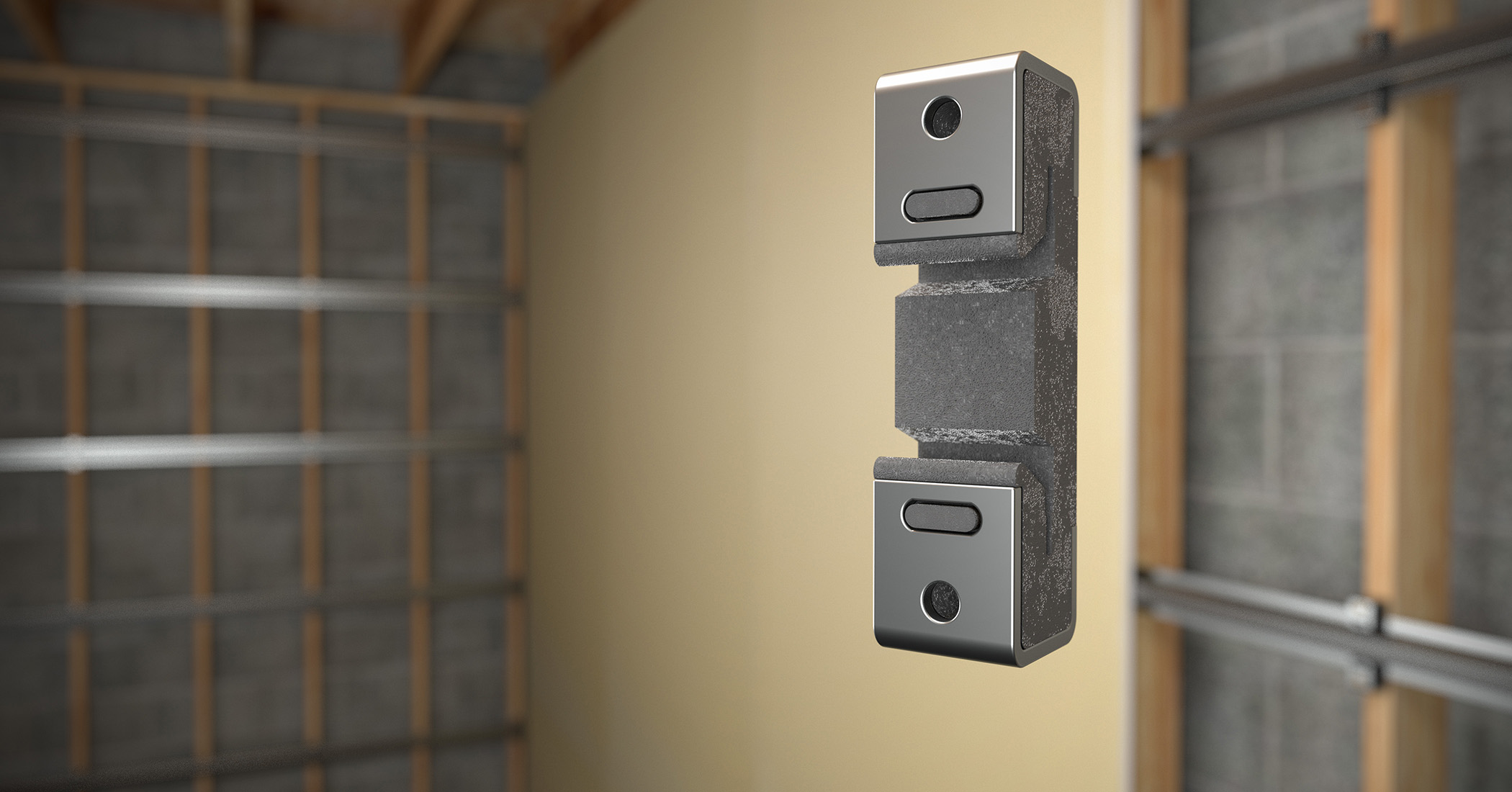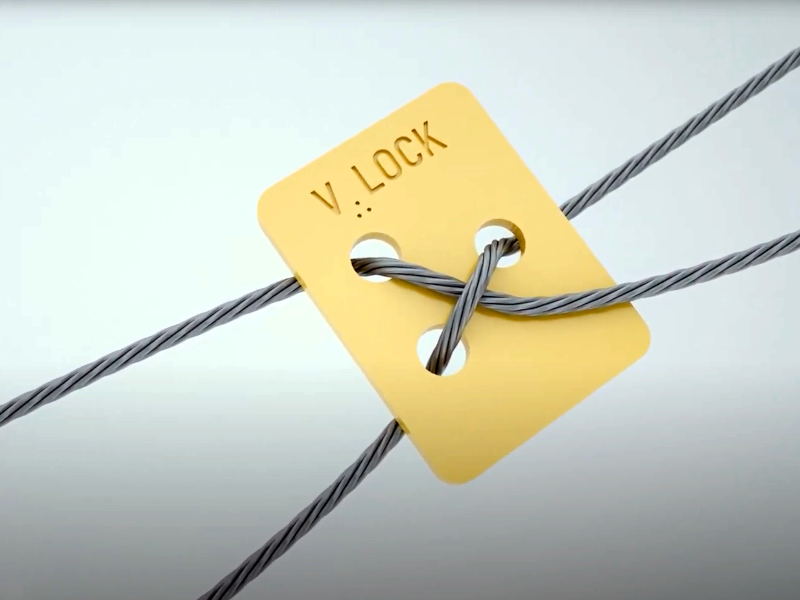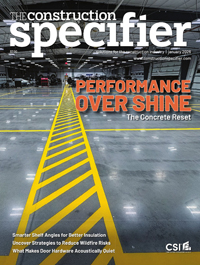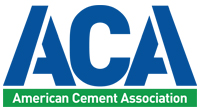Tile and Stone Lippage: What is acceptable (and how do you specify it?)
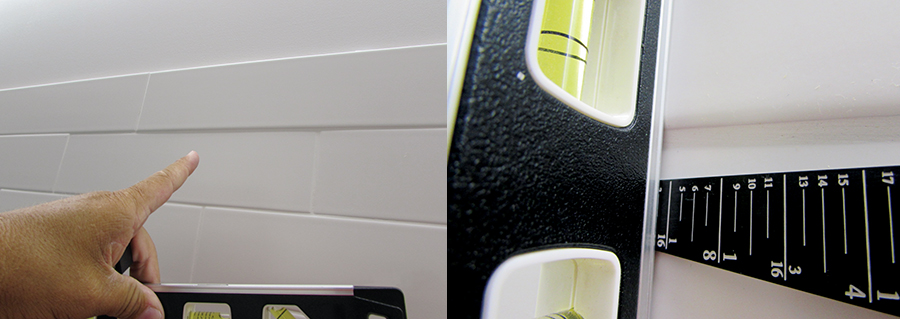
Specifying and MasterFormat
How can architects help avoid excessive tile lippage (or perceptions thereof) on their projects? It is the same old answer: write a project-specific, detailed MasterFormat specification that is complete, concise, correct, and clear. In the specification, it is not only important to specify the appropriate reference standards in Part 1–General and the correct products with Quality Assurance performance requirements in Part 2–Products, but it is also critical to specify the key steps of the installation in Part 3–Execution to include a Quality Control (QC) plan.
It does not matter who is at fault when there is a problem—everyone ends up paying, either in time to defend themselves, money to fix the issue, or with their reputation. Therefore, it is in everyone’s best interest to ensure installation specifications are thorough and clear, as well
as unambiguous. The following paragraphs summarize the key content that should be in specifications for tile and stone installations to avoid excessive tile lippage.
Part 1–General requirements
1. The key industry standards must be called out:
- ANSI A108 for surface preparation and the installation of stone, glass, and ceramic tile;
- TCNA Handbook for Ceramic, Glass, and Stone Tile Installation for specifying specific installation methods;
- Natural Stone Institute (NSI) Dimension Stone Design Manual for adhered and mechanical anchored applications;
- ASTM C1242, Standard Guide for Selection, Design, and Installation of Dimension Stone Attachment Systems, and ASTM Stone Physical Property Standards for the respective geological classification of the stone being used;
- ANSI A137.1 and A137.3, American National Standard Specification for Ceramic Tile; and
- ANSI A137.2, American National Standard Specification for Glass Tile.
2. A specific quality assurance (QA) section needs to be prepared to verify performance of a material or system to verify that it will be suitable for the intended application.
3. A required mockup should become the standard upon approval for installation methods and for workmanship for performance and aesthetic quality. It should include the specified lighting to which the tile will be subjected. The mockup can become part of the work upon approval.
4. Single-source responsibility from an installation product manufacturer should be required, and include a minimum 10-year labor and material manufacturer warranty. The quality of the products required for the extended warranty tends to be much higher; it also ensures compatibility between the materials. It is also important to require a letter in writing from the manufacturer, before installation, stating its products are suitable for the intended application.
5. Tile-installers—both setters and helpers—should be certified or verified to demonstrate they know and are current with industry thin-set standards (e.g. Certified Ceramic Tile Installers [CTI] through the Ceramic Tile Education Foundation [CTEF] and Tile Installer Thin-set Standards [ITS] verification through the University of Ceramic Tile and Stone [UofCTS]).
Part 2–Products
1. The specifications should be performance-based. Reference specifications only call out products meeting the minimum requirements, which are essentially the least-expensive products with the lowest acceptable level of performance.
2. Stone should meet ASTM minimum/maximum physical property requirements for their respective geological classification. Ceramic tile should meet ANSI A137.1 or A137.3 standards, and glass tile should meet ANSI A137.2, Specification for Glass Tile. If narrower grout joints are desired, one should specify rectified tiles to meet the respective ANSI A137.1 tolerances.
3. To avoid excessive concentrated tile warpage, one should require one-tenth the length of the measured span of the tile to not represent more than 25 percent of its total allowable warpage.
4. Installation products should be provided by a single-source manufacturer who offers a minimum 10-year labor and material warranty. Thin-set adhesives should meet or exceed ANSI A118.15 for higher performance. Further, an appropriate cementitious, urethane, or epoxy grout—part of the labor and material warranty—should be called out.
5. A cementitious self-leveling mortar or patching mortar, if not a full mortar bed application, as supplied by the single-source manufacturer of tile installation products, should be called out for adjusting the substrate before tile installation.
6. An appropriate movement joint sealant and backup strip—per ASTM C920, Standard Specification for Elastomeric Joint Sealants—should be listed as being supplied by the single-source manufacturer of tile installation products.
Part 3–Execution
1. The specific installation method and detail from TCNA Handbook for Ceramic, Glass, and Stone Tile Installation must be specified. Direct-bond applications normally require adjustments to the substrate to make it flat enough. Mortar-bed applications should be able to correct irregular substrates.
2. In Division 03 00 00–Concrete, it must be noted substrates are to meet ANSI A108.01 tolerances and surface textures in preparation for tilework. Normally, the tile installer will still have to make additional surface preparations.
3. In Division 26 50 00–Lighting, it should be noted fixtures must be placed in a manner to avoid direct lighting on tile wall surfaces.
4. Installers must be required to inspect substrate conditions before commencing with the installation. When there are any obvious defects or conditions preventing a satisfactory tile installation, the installer is to notify (per ANSI A108.02) the architect, general contractor, or other designated authority in writing; he or she is not to proceed until satisfactory conditions are provided.
5. The tile contractor should be required to provide an allowance for preparing direct bond substrates to meet ANSI A108.02 Section 4.0 (“General Requirements”), which will allow them to achieve a proper, flat tile installation without excessive tile lippage. This may require grinding high spots on concrete surfaces or applying a self-leveling or patching mortar to make the surface reasonably flat within the specified plane. It normally requires scarifying concrete surfaces to open up pores and removing contaminates.
6. Tile and installation products must be installed per manufacturers’ instructions and industry standards. Products should be mixed per manufacturers’ instructions. Temperature limitations must not be exceeded, and shading or heat must be given as required. Further, work must be protected from both weather and other trades.
7. Tile installed in a staggered pattern must be offset no more than one-third if any edge of the tile is greater than 457 mm (18 in.).
8. The width of the grout joint should be specified per ANSI A108.02 Section 4.5, with maximum allowable lippage stated per Section 4.4.
9. Movement joint placements should be specified per TCNA EJ171 within the field of tile, at their perimeters, and at transitions in plane or to other materials. The architect must provide movement joint design and layout instructions for the tile-installer.
10. The architect needs to provide a detailed quality control (QC) plan, to be implemented by a qualified third party. Key steps of the QC plan are to verify the:
- tile substrate is properly prepared;
- tile meets the specification requirements;
- specified installation method and procedures are being correctly followed;
- tile installation products are being correctly stored and used; and
- tile installer workmanship is kept consistent with the approved mockup.


